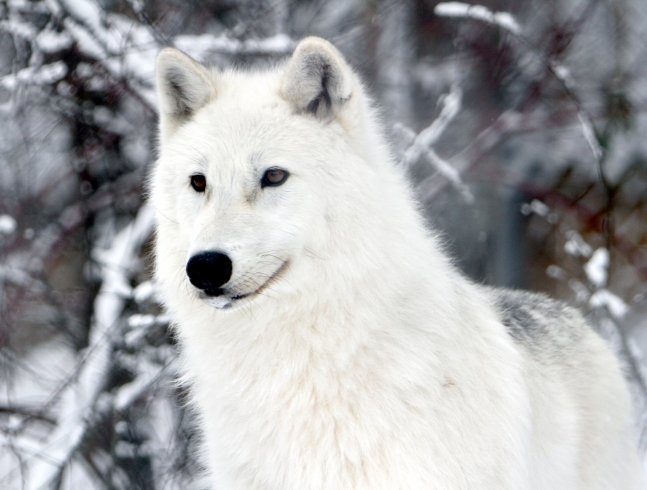
ARCTIC WOLF
Arctic wolves (Canis lupus arctos) live in North America. This species’ population is stable.
HOW WE HELP THE ARCTIC WOLF
In 2019, the Magnetic Hill Zoo financially supported a research project at the University of Dalhousie on sniffer dogs’ ability to find species at risk. These dogs play a big role in conversation of wildlife as they are trained to find some species at risk including ribbon snakes and wood turtles. When the scientists know where those vulnerable species are located, they can learn more about them.
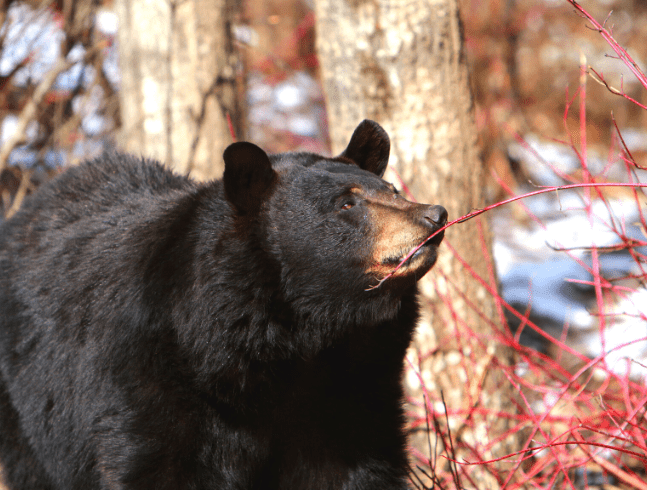
Black bear
Black bears (Ursus americanus) live in North America. This species’ population is stable.

JAGUAR
Jaguars (Panthera onca) live in South America. This species’ population is near threatened.
HOW WE HELP THE JAGUAR
In 2020, the Magnetic Hill Zoo financially supported the WildTrack ConservationFIT program. The ConservationFIT program collects animal footprints to learn where endangered species are located and how best to help them. Their Footprint Identification Technique was developed by observing indigenous trackers in Africa and developing statistical algorithms from images of footprints. This technique can identify the species, individual, sex, and age-class of an animal. The Zoo's Animal Care team was a contributing partner by collecting and submitting footprints of the Zoo’s two jaguars!
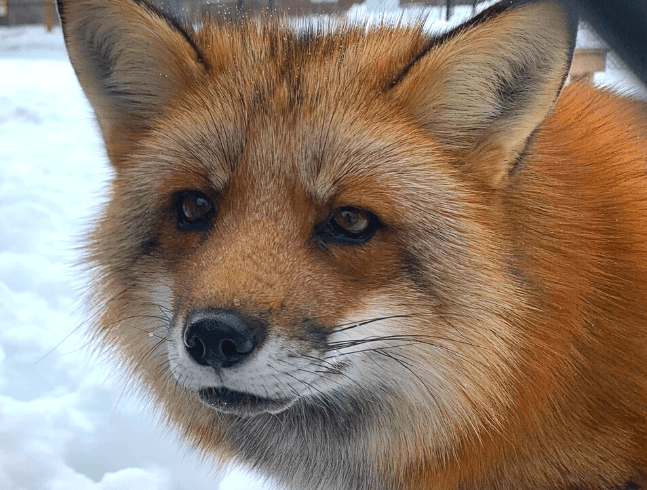
Red fox
Red foxes (Vulpes vulpes) live in North America, Europe, Asia, and Australia. This species’ population is of least concern.
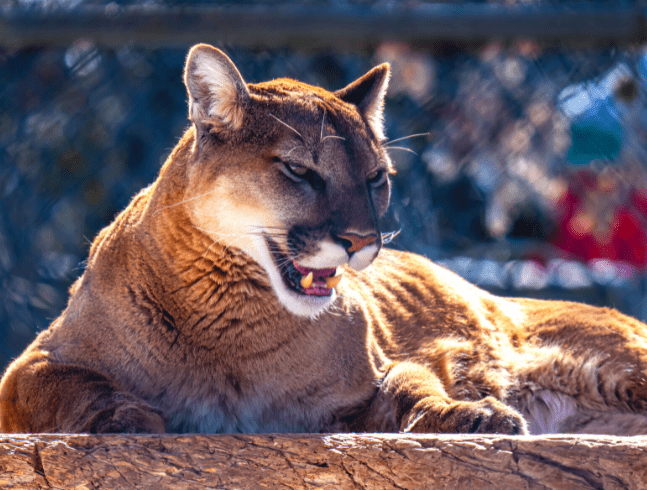
Western cougar
Western cougars (Puma concolor) live in North and South America. This species’ population is of least concern.
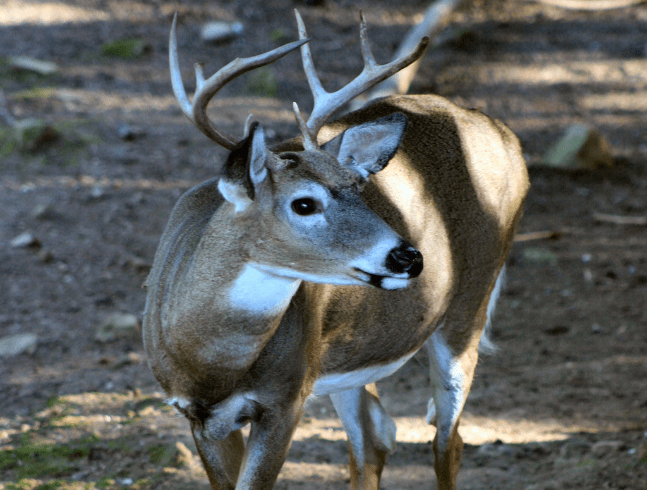
White-tailed deer
White tailed deer (Odocoilieus virginianus) live in Southern Canada to Northern Brazil. This species’ population is stable.

WOODLAND CARIBOU
Woodland caribou (Rangifer tarandus caribou) live in Northern Asia, Europe and North America. This species’ population is of least concern.
HOW WE HELP THE WOODLAND CARIBOU
In 2019, the Magnetic Hill Zoo financially supported a research project at the Université du Québec on the effects of manmade roads habitat and biodiversity on wildlife. Understanding that relationship could help the Ministry of Forest and Wildlife orient restoration efforts and protect endangered species like the caribou.
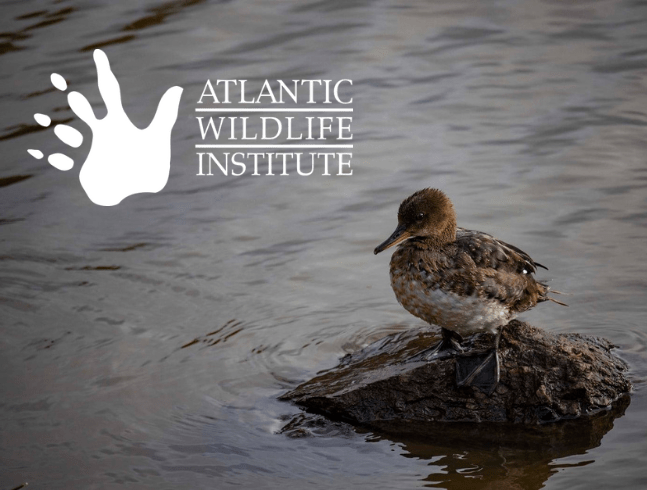
HOW WE HELP LOCAL WILDLIFE
Since 2023, the Magnetic Hill Zoo financially supports the Atlantic Wildlife Institute (AWI). AWI is a wildlife rehabilitation centre located just outside Sackville, NB. The Institute provides emergency medical care for injured, orphaned, and ill wildlife, daily care for wildlife patients, and educational opportunities for the community.

OTHER ANIMALS LIVING IN THE AMERICAS SECTION
Alpaca, Andean Condor, Blue and Yellow Macaw, Canada Goose, Fallow Deer, Indian Blue Peafowl, Muscovy Duck, Rhea, Squirrel Monkey, and White Collared Peccary

